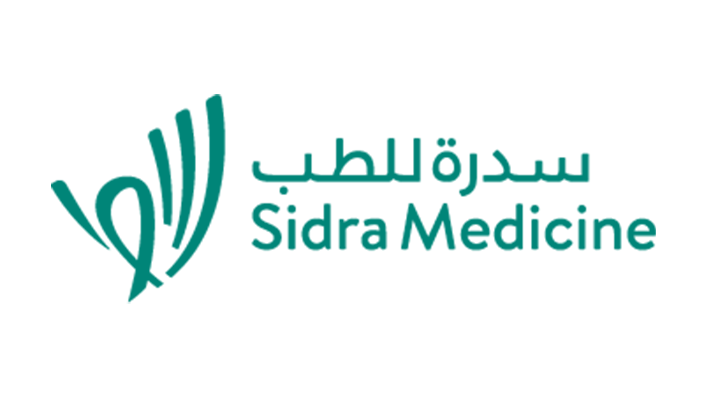With more than 2,800 nurses, across multidisciplinary clinics and services and from different backgrounds – Sidra Medicine committed ensuring its nurses were trained on how to use its electronic documentation processes to avoid duplication or incomplete forms. Incomplete and duplicate charts would have an impact on preparing complete patient records, as physicians wouldn’t have all the necessary information in one place to allow them to create complete patient treatment plans.
“Hospitals around the world struggle with creating and maintaining complete and accurate nursing documentation,” said Clare Cook, RN, clinical nurse specialist. “Not all nurses and midwives are used to documenting electronically. We found that some of our nurses were having a difficult time documenting patient care consistently because they were unfamiliar with our record system.”
For example, nurses in Women’s Services who were unfamiliar with the current structure of the electronic documentation in the new hospital, risked creating multiple obstetrical (OB) admission PowerForms or incomplete patient information during intake.
In order to improve documentation, Sidra Medicine’s Informatics Education staff utilized Lights On Network® to streamline the process.
“Before the Lights On Network initiative, we recorded instances of incomplete charting in some of the patient’s medical records. There were also incidents of staff starting multiple assessment PowerForms, rather than opening and modifying already existing forms,” said Cook.
“After reviewing the analytical data, the Informatics Education team was able to identify which nurses needed coaching on how to locate and identify OB forms,” said Kym Ali, MSN, RN, former Sidra Medicine clinical informatics educator who oversaw the implementation.
The Informatics Education team could identify which nurses ranked in Lights On Network as “fair” or “needing improvement.” From there, they could reach out and offer support.
“They provided one-on-one coaching, group in-services and developed job aides that were distributed on the units,” said Ali.
Each month, a higher percentage of nurses began correctly documenting and creating one PowerForm per patient. By May 2018, 79 percent of nurses correctly completed their PowerForms.1
“Nurses are able to document assessments a lot faster, which prevents delays in providers placing orders for patients,” said Tina Anselmi-Moulaye, former clinical midwife educator.
In addition to improving patient care, Sidra Medicine nurses feel more comfortable in accurately documenting the necessary information.
“Nurses reported they feel more confident and require less time documenting patient information which allows more time for patient care,” said Ali. “This is the ultimate aim for all healthcare providers – efficient use of time, people and resources to ensure top quality patient care.”
Sidra Medicine’s Informatics Education team continues their effort toward ensuring the patient charts are as complete as possible in order to deliver the best care.
1 Comparing 109 compliant nurses in 2017 to a total of 137 compliant nurses in May 2018.


